CHOOSE
A DIFFERENT TERRITORY
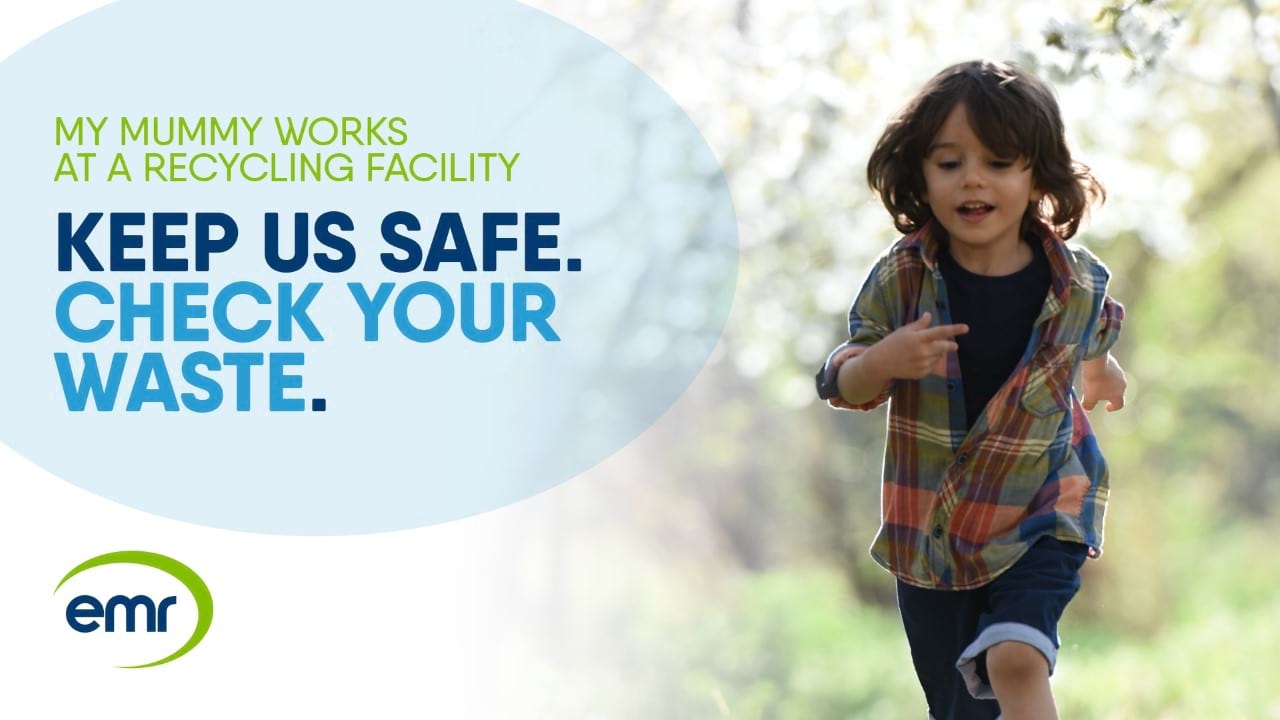
Help keep our sites and local environments safe by taking a moment to think about how you dispose of waste electronics and other hazardous materials.
At EMR, the safety of our colleagues, customers and communities is our main priority, as we play our part in creating a sustainable, circular economy. However, there are a number of restricted materials which, if disposed of incorrectly can be dangerous.
These include lithium-ion batteries which can be found in Waste Electrical and Electronic Equipment (WEEE) such as laptops, televisions and household appliances.
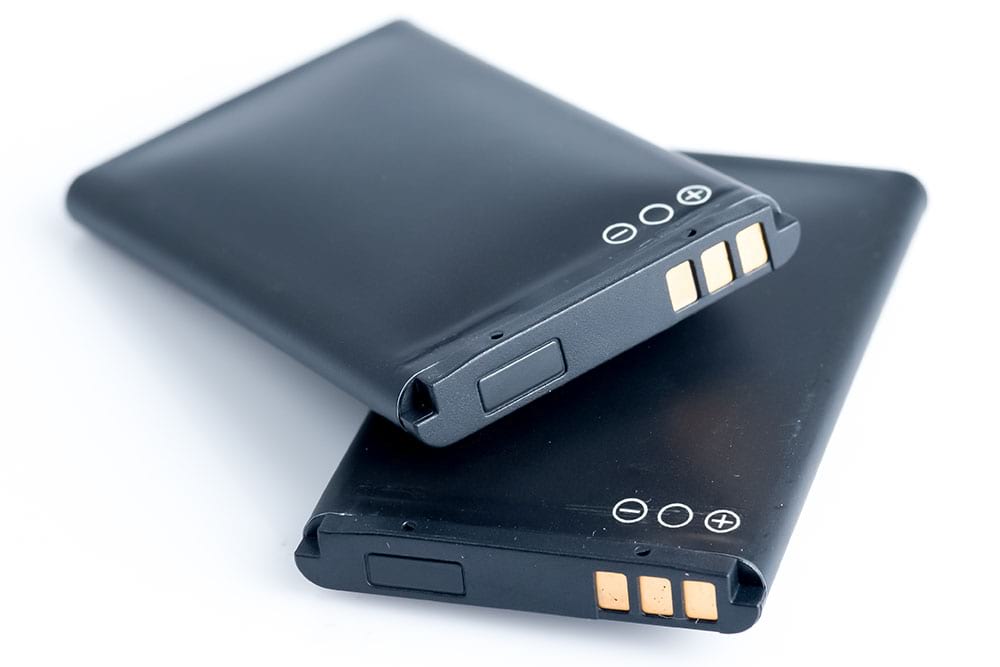
When lithium-ion batteries are exposed to heat or high pressure they can combust. If mixed with highly flammable, non-metallic waste, fires can soon spread. In fact, according to the Environmental Services Association, thirty-eight percent of fires recorded by its waste management members, were caused or suspected to have been caused, by lithium-ion batteries in the UK in 2019-2020.
Fortunately, the solution is relatively simple.
If a fire starts, the danger it poses can be greatly increased if other prohibited items are included in the material we collect, including non-metallics, pressurised containers and hazardous liquids or gases.
The best way to stop these dangerous incidents from happening is by asking our customers, to ensure that restricted or prohibited materials are disposed of correctly.
Firstly, lithium-ion batteries must be disposed of only at an Approved Authorised Treatment Facility.
EMR is able to process them but with strict measures in place to protect our colleagues and others. These batteries – and WEEE in general – must be kept separate from other material on site to reduce the risk of fire. The British Metal Recycling Association has advice on the correct disposal of these items which can be found here.
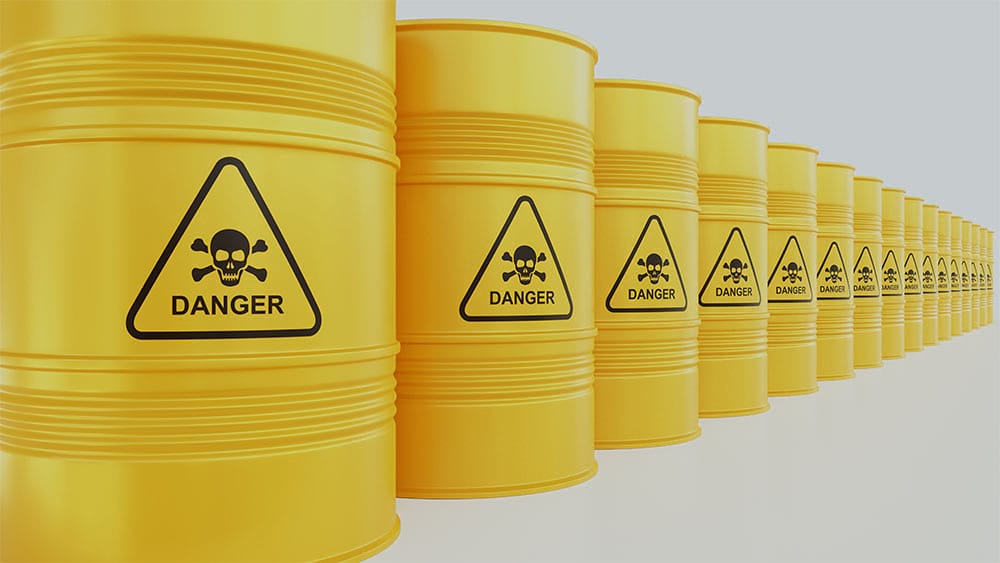
When it comes to hazardous liquids or gases it’s important to remember that EMR does not accept these chemicals on site. Containers displaying the hazard symbol or substances with hazardous properties (toxic, harmful, irritant, corrosive, highly flammable, etc.) will not be accepted unless emptied, cleaned, with all labels removed. This includes fuels, solvents, paints, thinners and gases. End-of-life drums must be cleaned of any oil or other contents to avoid contamination.
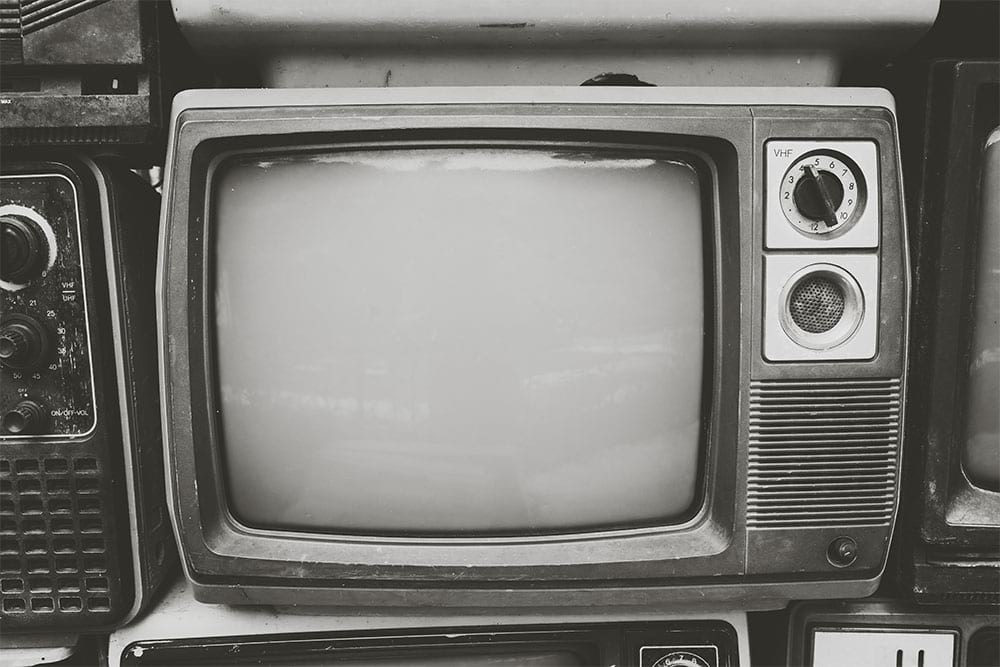
Similarly, some older electrical equipment, such as transformers, contain a series of chemicals called PCBs (polychlorinated biphenyls), which have now been subject of an international ban due to their harmful effects on our health and the environment. Any such electrical equipment brought to an EMR site must therefore be depolluted and accompanied by a certificate of analysis proving it no longer contains PCBs.
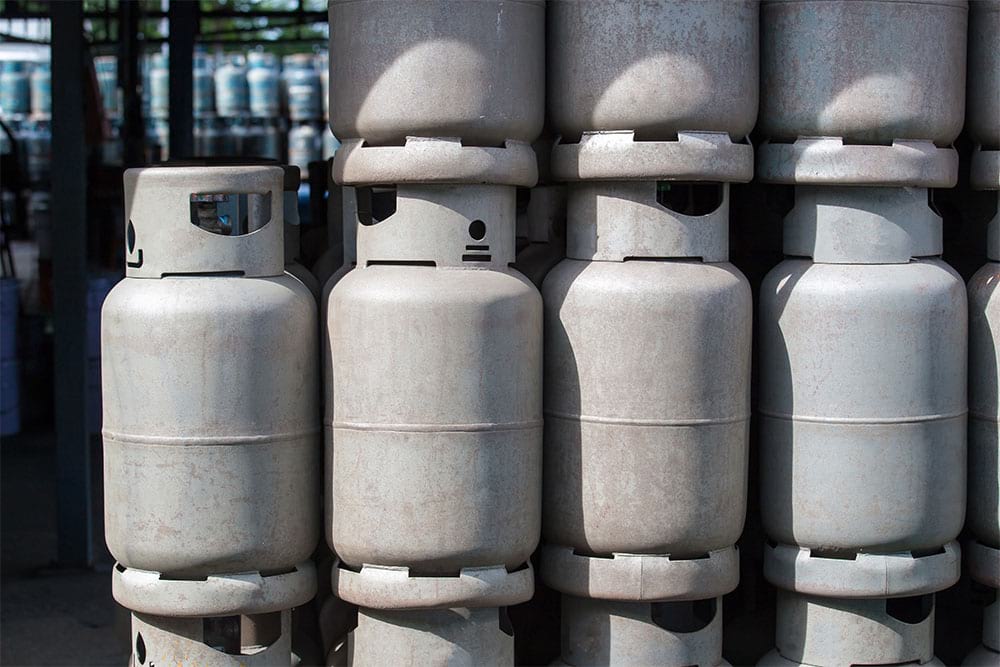
Items such as gas cylinders and aerosols, meanwhile, pose a serious explosion risk and will also not be accepted. Sealed containers or gas cylinders can be returned to the original supplier free of charge or an authorised approved contractor such as Synergy or Wastecare.
By taking the time to be extra careful in separating out waste material for processing we can keep EMR sites safe and secure for customers, colleagues and the environment.